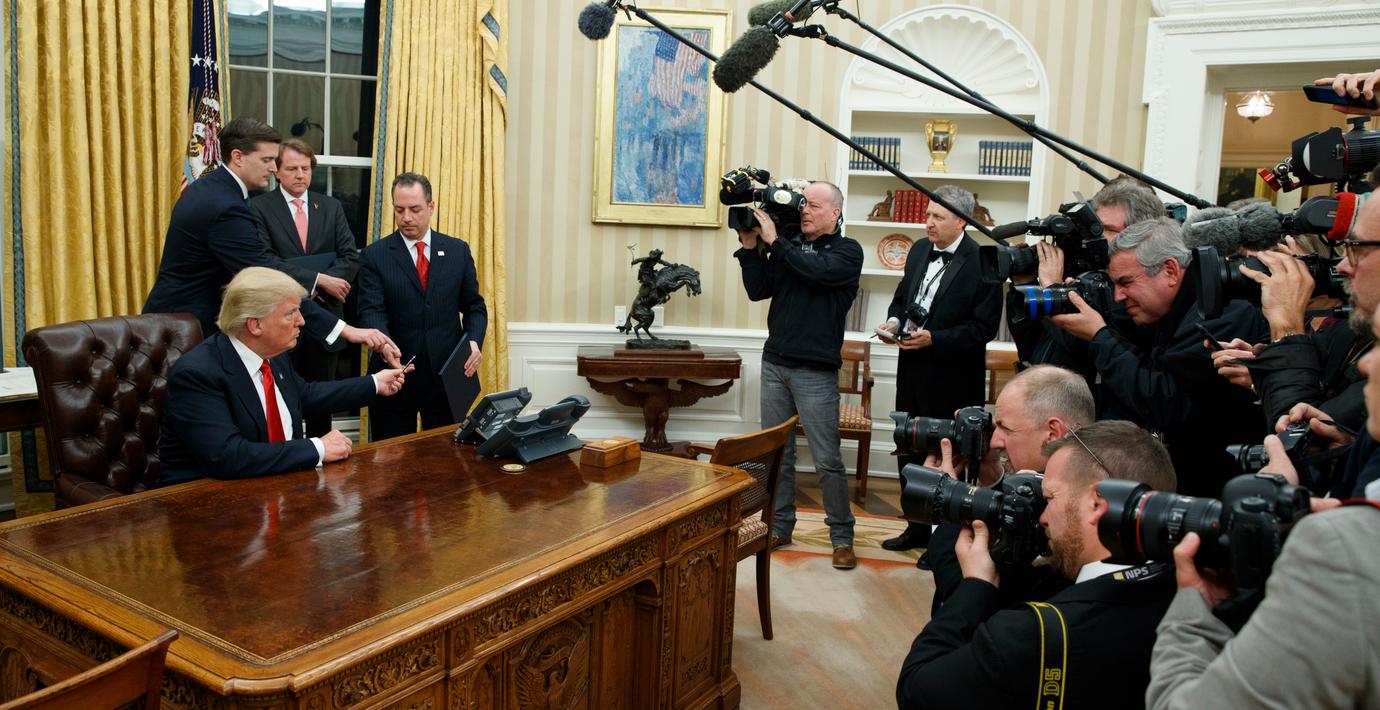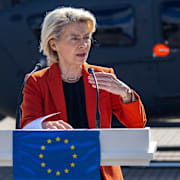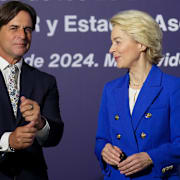bakgrund
Trans-Pacific Partnership (TPP)
Wikipedia (en)
The Trans-Pacific Partnership (TPP), or the Trans Pacific Partnership Agreement (TPPA), is a trade agreement between Australia, Brunei, Canada, Chile, Japan, Malaysia, Mexico, New Zealand, Peru, Singapore, the United States (until 23 January 2017) and Vietnam.
The finalized proposal was signed on 4 February 2016 in Auckland, New Zealand, concluding seven years of negotiations. It currently cannot be ratified due to U.S. withdrawal from the agreement on 23 January 2017. The former Obama Administration claimed that the agreement aimed to "promote economic growth; support the creation and retention of jobs; enhance innovation, productivity and competitiveness; raise living standards; reduce poverty in the signatories' countries; and promote transparency, good governance, and enhanced labor and environmental protections." The TPP contains measures to lower both non-tariff and tariff barriers to trade, and establish an investor-state dispute settlement (ISDS) mechanism.
The TPP began as an expansion of the Trans-Pacific Strategic Economic Partnership Agreement (TPSEP or P4) signed by Brunei, Chile, New Zealand, and Singapore in 2005. Beginning in 2008, additional countries joined the discussion for a broader agreement: Australia, Canada, Japan, Malaysia, Mexico, Peru, the United States, and Vietnam, bringing the total number of countries participating in the negotiations to twelve. Current trade agreements between participating countries, such as the North American Free Trade Agreement, will be reduced to those provisions that do not conflict with the TPP or provide greater trade liberalization than the TPP. The Obama administration considered the TPP a companion agreement to the proposed Transatlantic Trade and Investment Partnership (TTIP), a broadly similar agreement between the U.S. and the European Union.
Participating nations aimed at completing negotiations in 2012, but the process was prolonged by disagreements over contentious issues, including agriculture, intellectual property, and services and investments. A final agreement was signed on 5 October 2015, and then awaited ratification by the signatories. The treaty was made public on 5 November 2015. CNN called it "the largest proposed free trade deal in history". On 20 November 2016, Singapore declared that they would amend legislation to bring the TPP into effect. On 21 November 2016, U.S. president-elect Donald Trump announced that he planned to withdraw the United States from the TPP after he took office; on 23 January 2017, President Trump signed a presidential memorandum to withdraw. The other 11 TPP countries agreed in May 2017 to revive the deal without US participation.
The U.S. International Trade Commission, the Peterson Institute for International Economics, the World Bank and the Office of the Chief Economist at Global Affairs Canada found that the final agreement would, if ratified, lead to net positive economic outcomes for all signatories, while a heterodox analysis by two Tufts University economists found that the agreement would adversely affect the signatories. Many observers have argued that the trade deal would have served a geopolitical purpose, namely to reduce reduce the signatories' dependence on Chinese trade and bring the signatories closer to the United States.




